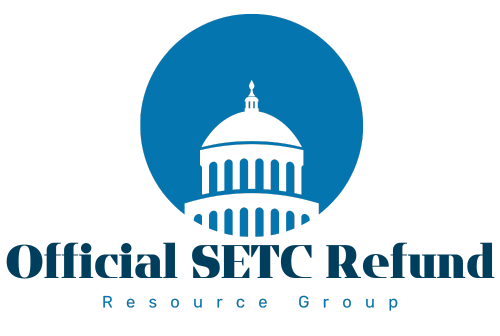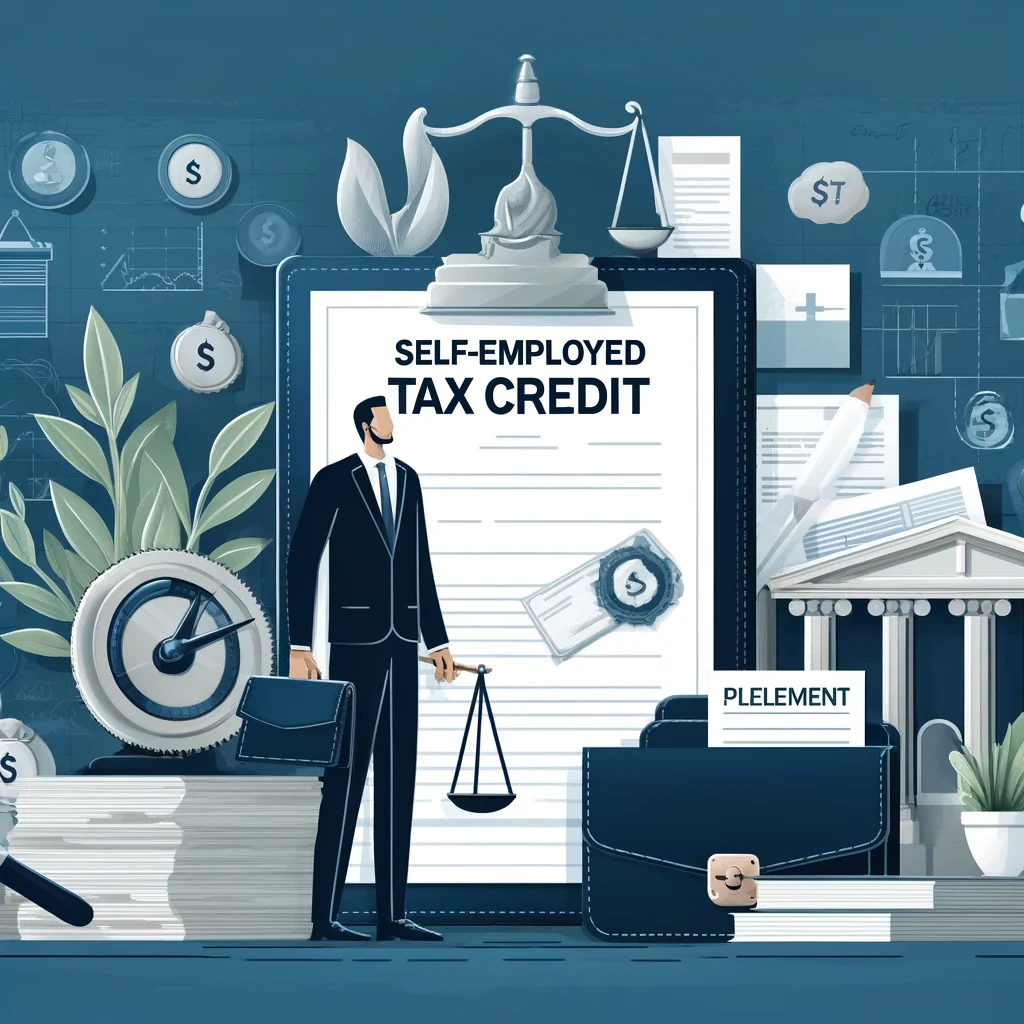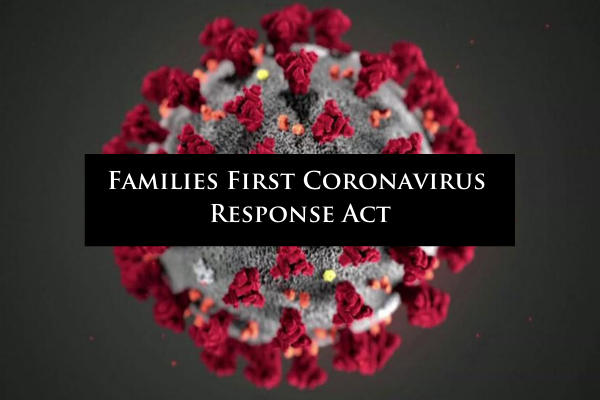Table of Contents
Note: For a comprehensive overview of the Self-Employed Tax Credit program that integrates the information provided in this post with the broader context of the entire initiative, please click here.
Introduction
In response, Congress acknowledged the importance of supporting this vital segment of the workforce by incorporating specific provisions for self-employed individuals in major relief legislation. This article seeks to affirm the legitimacy of the self-employed tax credit, drawing on authoritative references from federal government sources.
NOTE: You generally have up to three years from the original tax return filing deadline to file an amended return and claim a missed credit, deduction, or make other necessary changes. Although the tax year for the Self-Employed Tax Credit (SETC) has passed, we are still within the timeframe to amend your returns and claim the credit if you qualify. See the “Technicality of the Extension” section below.
Families First Coronavirus Response Act (FFCRA)
In March 2020, the FFCRA established refundable tax credits for self-employed individuals unable to work due to COVID-19 illness, quarantine, or caregiving responsibilities. These credits, equivalent to paid sick and family leave for employees, were initially set to expire at the end of 2020.
Consolidated Appropriations Act (CAA) Extension
Acknowledging the ongoing impact of the pandemic, Congress passed the CAA in December 2020. This bill extended the FFCRA sick and family leave tax credits for the self-employed through March 31, 2021.
This only impacts “Period 1” – Period 2 does not yet exist.
| Legislation | Claimable Period |
|---|---|
| FFCRA | April 1, 2020 – Dec. 31, 2020 |
| CAA Extension | Jan. 1, 2021 – March 31, 2021 |
This extension allowed self-employed individuals affected by COVID-19 during the claimable period to continue claiming refundable tax credits against their self-employment income.
American Rescue Plan (ARP) Act Provides Further Relief
In March 2021, the ARP Act provided an even longer runway for self-employed individuals to claim COVID-related tax credits. The ARP established a new claimable period for the credits from April 1 to September 30, 2021.
Claimable “Period 2” is now introduced
| Legislation | Claimable Period | Key Provisions |
|---|---|---|
| ARP Act | April 1, 2021 – Sept. 30, 2021 | – Extended SETC claimable period to Sept. 30, 2021 – Increased max days for family leave credit – Added COVID-19 vaccination as qualifying reason |
The ARP also expanded the scope of the credits:
- Increased the maximum days for claiming the family leave credit
- Broadened qualifying reasons to include time off for COVID-19 vaccination
If you’d like to review IRS documentation about the ARP as it relates to the FFCRA leave credits (self-employed tax credit), click here.
Understanding the Deadlines to Claim the Self-Employed Tax Credit (SETC)
The IRS has designated two specific periods, known as “claimable periods,” during which self-employed individuals who were adversely affected by the COVID-19 pandemic may be eligible for the SETC Tax Credit. This is similar to a situation where an individual injured by a defective product during a specific timeframe may be entitled to compensation.
The two claimable periods for the SETC are:
- April 1, 2020 to March 31, 2021 (referred to as “Period 1”)
- April 1, 2021 to September 30, 2021 (referred to as “Period 2”)
Each claimable period has a corresponding deadline by which eligible self-employed individuals must file their claims for the SETC.
| Impact Period | Deadline to Claim |
|---|---|
| Period 1 | April 15, 2024 |
| Period 2 | April 15, 2025 |
IRS Extension: Aligning Period 1 and Period 2 Deadlines
The IRS has recently announced an extension that aligns the deadline for claiming the SETC for Period 1 with the deadline for Period 2. As a result, self-employed individuals who were eligible for the SETC during Period 1 now have until April 15, 2025, to file their claims, matching the deadline for Period 2.
Technicality of the Extension
The IRS instructions for Form 7202 from 2021 support that even though the 2020 filing deadline has passed, the “Period 1” sick and family leave credits from April 1, 2020 through March 31, 2021 can still be claimed on the 2021 tax return. Here are the key excerpts:
From the “What’s New” section on page 1 of the instructions:
“Extension of credits through March 31, 2021. The qualified sick and family leave equivalent credits that apply beginning April 1, 2020, were extended to include the period January 1, 2021, through March 31, 2021. The limitations that apply when figuring these credits apply to the period April 1, 2020, through March 31, 2021. Use Parts I and II to figure these credits.”
And from the line instructions for Part I on page 2:
“Line 3a. Enter the number from line 4 of your 2020 Form 7202. If you didn’t file a 2020 Form 7202, enter -0-.”
“Line 3b. Enter the number from line 6 of your 2020 Form 7202. If you didn’t file a 2020 Form 7202, enter -0-.”
These instructions indicate that the 2021 Form 7202 has sections in Part I to claim the “Period 1” credits from both 2020 and the first quarter of 2021. Lines 3a and 3b are used to track any sick leave days already claimed on the 2020 return, so they are not double-counted.
Summary of Technicality
The full “Period 1” credit from April 1, 2020 through March 31, 2021 can be claimed on the 2021 Form 7202, even if a 2020 Form 7202 was not filed. The IRS instructions confirm this by having the 2021 form capture all “Period 1” leave, while avoiding double-counting any 2020 leave already claimed.
This extension provides additional time and flexibility for self-employed individuals affected during Period 1 to claim the SETC, ensuring that they have an equal opportunity to receive the financial relief they are entitled to.
Self-Employed Tax Credit Provisions in the FFCRA
Qualified Sick Leave Equivalent Credit (Section 7002)
- Being subject to a COVID-19 quarantine or isolation order.
- Being advised by a health care provider to self-quarantine due to COVID-19 concerns.
- Experiencing COVID-19 symptoms and seeking a medical diagnosis.
The credit amount is 100% of the individual’s average daily self-employment income, up to $511 per day for a maximum of 10 days between April 1, 2020, and March 31, 2021, as detailed in the IRS Form 7202 instructions.
Qualified Family Leave Equivalent Credit (Section 7004)
Self-employed individuals can claim a tax credit if unable to work due to:
- Caring for an individual subject to a COVID-19 quarantine or isolation order.
- Caring for their child whose school/place of care was closed due to COVID-19.
The credit amount is 67% of the individual’s average daily self-employment income, up to $200 per day. For leave taken between April 1, 2020, and March 31, 2021, the maximum number of days is 50. For leave taken between April 1, 2021, and September 30, 2021, the maximum is 60 days, as per the updated IRS Form 7202 for 2021.
To claim these credits, self-employed individuals must calculate the qualified amounts using IRS Form 7202 and report the credits on their annual income tax returns.
The inclusion of self-employed individuals in the FFCRA tax credit provisions aimed to provide financial relief to this segment of the workforce significantly impacted by COVID-19, as outlined in the Treasury’s COVID Relief Measures.
Conclusion
The CAA and ARP provided vital support to self-employed individuals affected by COVID-19 during the claimable periods from April 1, 2020 through September 30, 2021. By extending and expanding the SETC, these laws threw a much-needed lifeline to freelancers, contractors, and gig workers weathering the prolonged storm of the pandemic.
If you couldn’t work due to COVID-19 reasons during any of the claimable periods, you should review your eligibility for the SETC. Remember, you still have time to claim the credits by filing amended tax returns, even though the claimable periods have passed. The deadline for the 2020 claimable period is April 15, 2024, and for the 2021 period, it’s April 15, 2025.
Don’t miss out on this opportunity for substantial financial relief due to confusion over dates. If you believe you may qualify, consult with a tax professional to discuss amending your returns to claim the SETC. As the nation moves forward on the path to recovery, these credits can play a vital role in helping self-employed individuals rebuild and thrive in the post-pandemic economy.
PS: The IRS fact sheet on the SETC Tax Credit is available here. We recommend reading this comprehensive Self-Employed Tax Credit guide first as it will help illuminate the terms and concepts referenced in the IRS’ fact sheet.
Note: For a comprehensive overview of the Self-Employed Tax Credit program that integrates the information provided in this post with the broader context of the entire initiative, please click here.
Disclaimer:
The information contained in this post (“Document”) is for general informational purposes only and is not intended to be financial or legal advice. While the information presented is believed to be accurate at the time of publication, laws and regulations are subject to change. You should not take any action based on the information in this Document without seeking professional advice from a qualified financial advisor or attorney. Gig Workers Solutions makes no warranties or representations of any kind, express or implied, about the completeness, accuracy, or reliability of the content of this Document. Gig Workers shall not be liable for any damages arising out of or in connection with the use of this Document/post or any others on this its website.

A dedicated financial consultant with extensive expertise in tax strategies for self-employed individuals including freelancers, gig workers, and independent contractors. With a focus on maximizing tax benefits, Richard expertly guides clients through the nuances of the Self-Employed Tax Credit, ensuring they leverage every available opportunity to reduce their tax liabilities.


